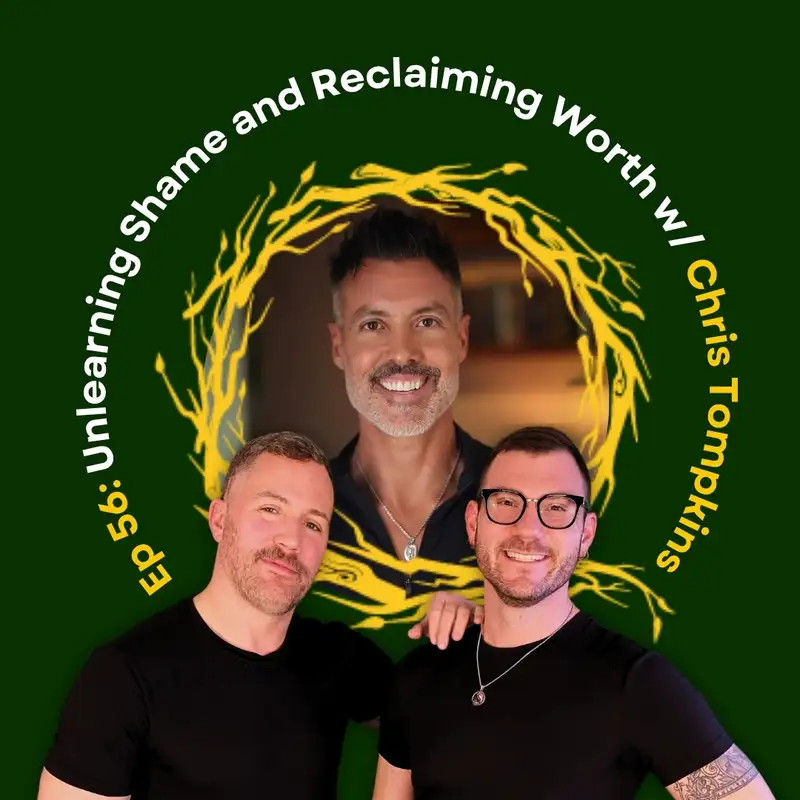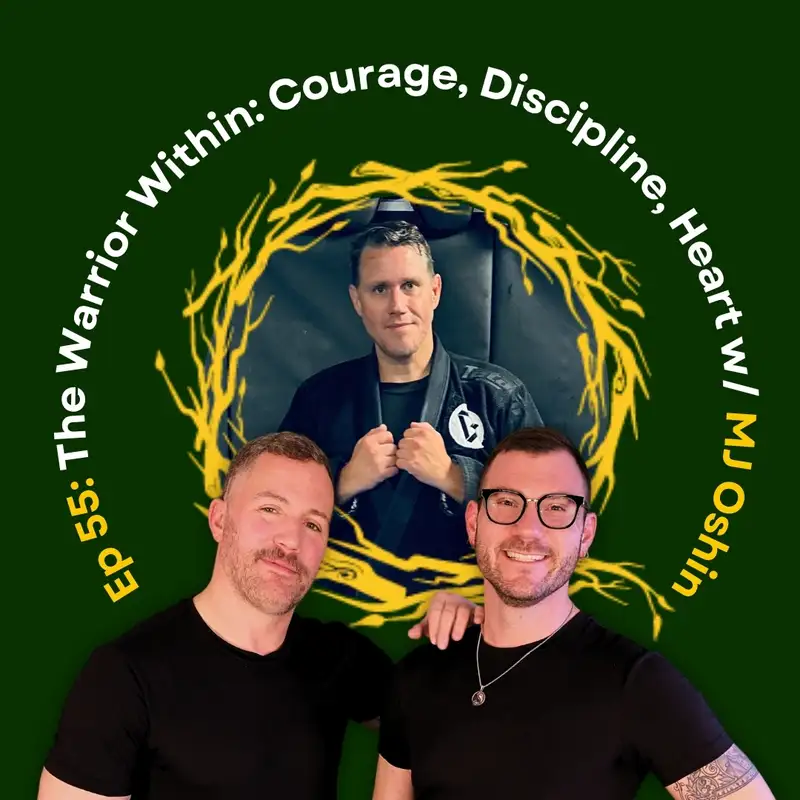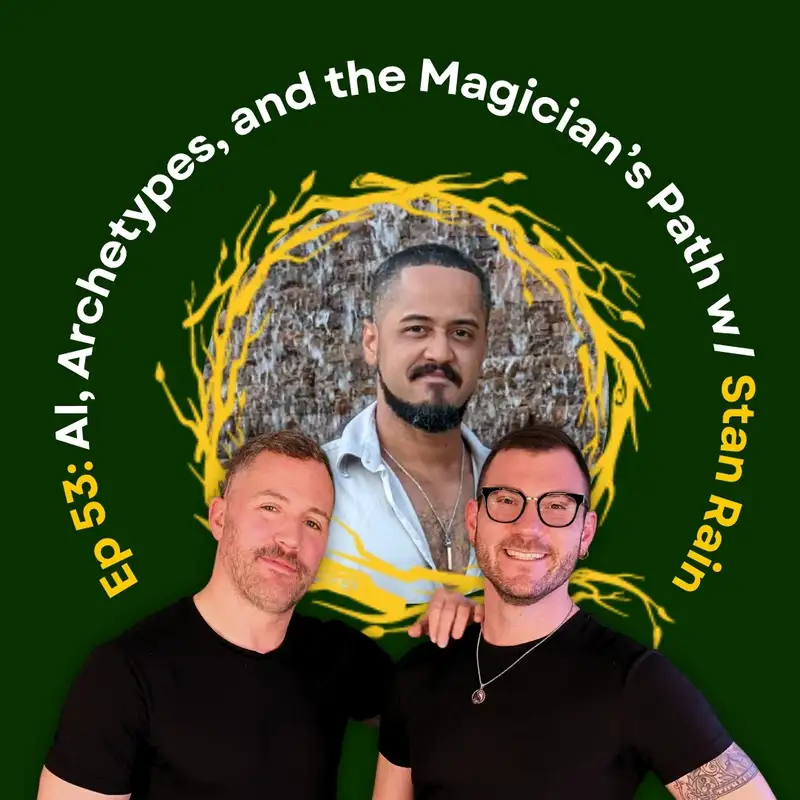Welcome to The Circle, a podcast on men’s work, embodiment, and personal growth from a queer perspective. Hosts Eric Bomyea and Tim Bish explore themes like masculine and feminine energy, authenticity, and healing, offering insights that empower all men to live consciously and with purpose.
To connect, please reach out to chad@provincetownrecords.com
All Episodes
To connect, please reach out to chad@provincetownrecords.com



